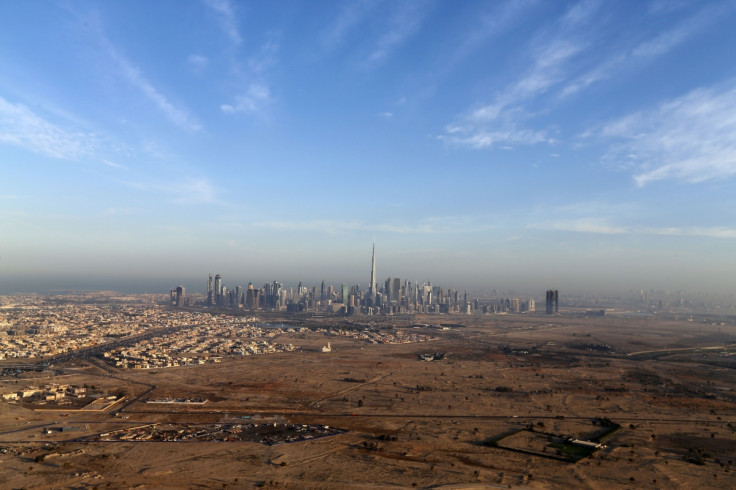UAE considers building an artificial mountain to increase rainfall

The United Arab Emirates is not one to shy away from undertaking massive ambitious projects to transform its arid landscape, but its latest potential venture could be its most ambitious yet. Scientists are currently in the early stages of researching a man-made mountain to help maximise rainfall in the water-starved country.
According to Dubai-based publication Arabian Business, experts from the US-based University Corporation for Atmospheric Research (UCAR), which manages the National Center for Atmospheric Research (NCAR), are currently in the "detailed modelling study" phase of the project.
Theoretically, a mountain can be used to trap rainfall in a certain region. The artificial mountain could help force moist air to rise up where it will eventually turn to clouds and fall back down in the form of rain.
"What we are looking at is basically evaluating the effects on weather through the type of mountain, how high it should be and how the slopes should be," Bruintjes told Arabian Business. "We will have a report of the first phase this summer as an initial step." The meteorological process called cloud seeding increases the amount or type of rainfall that these clouds can release, says Bruintjes.
Water security has long been a pressing concern in the Gulf region where rising populations and growing economies continue to put strain on limited natural resources.
The average UAE resident uses an estimated 550 litres of water daily compared to the international average of 170 to 300 litres a day, according to the Federal Water and Electricity Authority.
According to a report by the Al Jazeera Centre for Studies, water demand in the region has risen by a whopping 140% where resources are "already diminishing due to droughts, low rainfall and the prevalent climate."
Last year, around $558,000 was spent on 186 cloud seeding missions across the UAE in an attempt to create more rainfall which did seem to create higher levels of rainfall than predicted. However, the process could prove to be unsuitable for frequent use in the long run.
In March, a record rainfall that was partially attributed to cloud seeding created chaos in the country, with over 11 inches falling in less than 24 hours. Other possible solutions include desalination plants to create fresh water from seawater, icebergs floated down from the Arctic and an underground pipeline from Pakistan.
In February 2015, the UCAR received a fund of $400,000 to propose a "detailed modelling study evaluating the effects of building a mountain on the weather" in collaboration with the National Center of Meteorology and Seismology (NCMS). Before any actual construction can begin to build a mountain from scratch, researchers will have to determine the size and location of the mountain and address the key question - is such a development project is possible in the UAE at all, both in terms of cost and physical feasibility?
"Building a mountain is not a simple thing," Bruintjes said. "If [the project] is too expensive for [the government], logically the project won't go through, but this gives them an idea of what kind of alternatives there are for the long-term future. If it goes through, the second phase would be to go to an engineering company and decide whether it is possible or not."
© Copyright IBTimes 2025. All rights reserved.




















